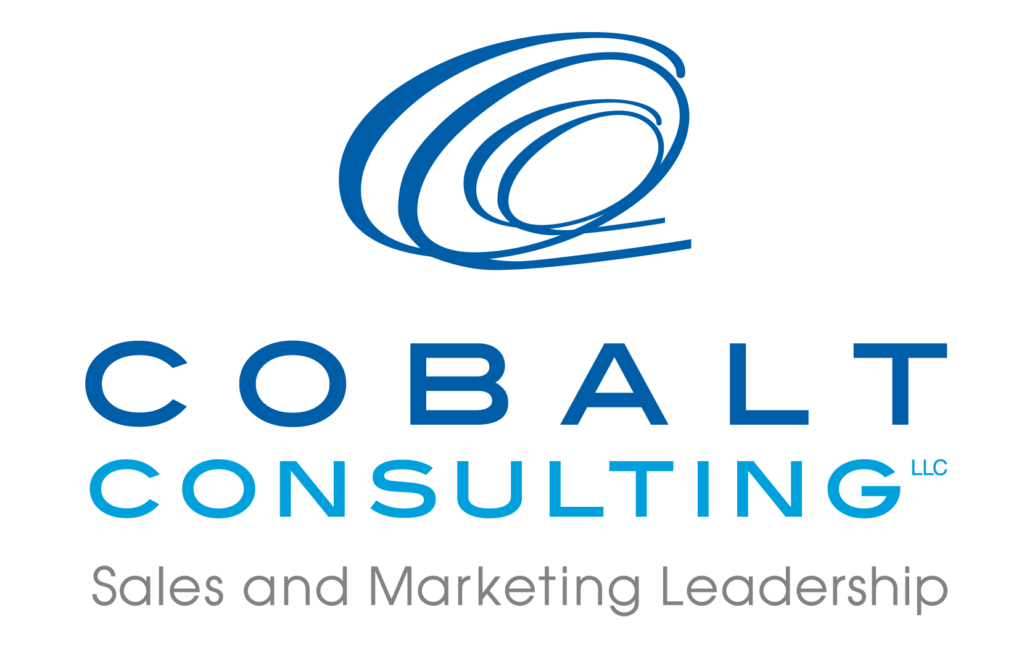As a CEO, CFO, or Sales VP, you understand that every business decision comes down to numbers. Yet when it comes to marketing, too many leaders treat it as an art rather than a science. The reality? Marketing is fundamentally a mathematical discipline, and understanding this transforms how you approach growth.
The Foundation: Cost Per Lead as Your North Star
Your marketing budget isn’t a guess—it’s a calculated investment based on one critical metric: cost per lead. This number tells you exactly how much you need to invest to generate the pipeline your sales team needs to hit revenue targets.
Here’s the simple math that changes everything:
- Know your cost per lead
- Multiply by the number of leads needed
- Factor in your conversion rates
- Calculate your required marketing investment
When you approach marketing this way, budget conversations shift from “How much should we spend?” to “How much do we need to invest to hit our growth goals?”
Identifying the Conversion Bottleneck
The mathematical approach reveals something crucial: where your conversion issues actually exist. Many leaders assume they need more leads when the real problem lies in conversion rates.
Consider this scenario:
- You’re generating 100 leads per month
- Your sales team closes 10% (10 deals)
- You want 20 deals per month
The knee-jerk reaction? Double your marketing spend to get 200 leads. But what if you could improve your conversion rate to 15% instead? Suddenly, you need only 134 leads to hit your target—a much more cost-effective solution.
The Power of Message Optimization
This is where the real opportunity lies. Better marketing messages don’t just generate more leads—they generate better leads. When your messaging resonates with your ideal customers, several things happen:
- Lead quality improves because you’re attracting the right prospects
- Sales conversations become easier because expectations are properly set
- Conversion rates increase because prospects understand your value proposition
- Cost per acquisition decreases while revenue per customer grows
Building a Sales Team That Converts
The math reveals another truth: your sales team’s performance directly impacts your marketing ROI. A 5% improvement in conversion rates can be worth more than a 50% increase in lead volume.
Investment in sales training and development isn’t just an HR initiative—it’s a marketing multiplier. When your sales team converts better, every marketing dollar works harder.
The Executive Action Plan for Predictable Sales Growth
For leaders ready to treat marketing as the mathematical discipline it is:
1. Audit Your Current Numbers
- What’s your actual cost per lead?
- What are your conversion rates at each stage?
- Where are prospects dropping out of your funnel?
2. Calculate Your Growth Requirements
- How many deals do you need next quarter?
- What conversion rates would you need to hit targets with current lead volume?
- What’s the real cost of improving conversion vs. increasing lead generation?
3. Optimize Before You Scale
- Test and refine your marketing messages
- Invest in sales team training and tools
- Measure everything and adjust based on data
The Bottom Line
Marketing isn’t a cost center—it’s a growth engine with predictable, measurable returns. When you approach it mathematically, you stop hoping for results and start calculating them.
The companies that understand this aren’t just growing faster; they’re growing more predictably and profitably. In a world where every dollar matters, can you afford to treat marketing as anything less than the numbers game it truly is?
Ready to turn your marketing into a mathematical advantage? Let’s discuss how a fractional CMO approach can bring process-driven marketing leadership to your organization. Schedule an introduction call to explore how we can optimize your marketing ROI.

